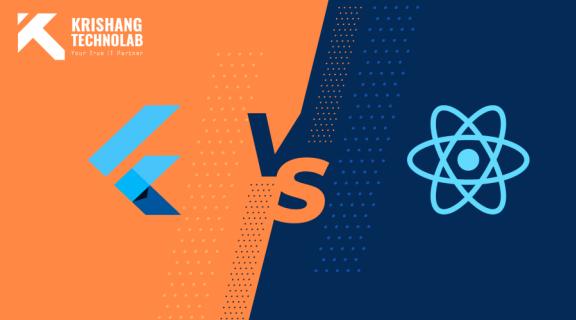Launching a mobile app as a startup involves tough decisions, and one of the earliest is selecting the right development framework. Flutter and React Native are two of the most popular cross-platform tools available today, both promising fast development, native performance, and shared codebases. But which one aligns better with your startup’s goals?
Development Speed and Learning Curve
React Native has been around longer (since 2015) and benefits from a massive JavaScript community. If your team already knows JavaScript or React, onboarding is fast, and the development cycle is relatively smooth thanks to features like hot reloading and a mature ecosystem of libraries.
Flutter, backed by Google, uses Dart—a less common language but one that’s easy to learn, especially for developers familiar with object-oriented programming. While the Flutter community is younger, it’s growing rapidly and offers excellent official documentation and tooling. Flutter’s "hot reload" is also very fast and reliable.
Performance
When it comes to performance, Flutter often has the upper hand. It compiles directly to native ARM code and doesn’t rely on a JavaScript bridge, which reduces runtime overhead and boosts animation speed. This makes it a strong choice for apps that require smooth, custom UIs or high-performance graphics.
React Native uses a bridge to communicate between JavaScript and native modules, which can introduce performance bottlenecks, especially for complex animations or real-time updates. However, for many typical business apps, this difference is negligible and React Native performs adequately.
UI and Design
Flutter provides a consistent and rich UI experience out of the box, with a wide set of customizable widgets that mimic both iOS and Android designs. It’s particularly good if you want to create a custom-looking app that behaves the same across platforms.
React Native relies more on native components, which gives apps a more “platform-native” feel but can also lead to subtle differences between iOS and Android. It’s a good choice if you want the app to strictly follow the UI guidelines of each platform.
Ecosystem and Community Support
React Native has the advantage of maturity. It’s backed by Meta (Facebook) and has a vast array of third-party packages. This makes it easier to find developers, resources, and troubleshooting advice.
Flutter is newer but catching up quickly. Google’s consistent support and the growing enthusiasm from developers mean the ecosystem is robust and improving rapidly, especially with the recent Flutter 3 and Dart upgrades.
Long-Term Viability
Both frameworks are backed by tech giants—Meta for React Native and Google for Flutter—so they’re not going anywhere anytime soon. That said, Google is known for sunsetting projects, while Meta has committed React Native to long-term internal use (e.g., Instagram, Facebook Ads Manager).
If you plan to expand your app to desktop or web in the future, Flutter might offer a more unified path thanks to its multi-platform vision. React Native also supports web, but often via third-party integrations.
Which One Should Your Startup Choose?
Choose React Native if:
Your team knows JavaScript/React.
You need to prototype quickly and iterate fast.
You want maximum hiring flexibility.
Choose Flutter if:
You want consistent performance across platforms.
UI/UX is a major differentiator for your app.
You’re planning for a multi-platform product from day one.
Final Thoughts
Both frameworks are excellent choices, and the right decision depends on your startup’s priorities: speed to market, team expertise, performance needs, and long-term vision. Whichever path you take, both Flutter and React Native have proven track records of powering successful startups—and yours could be next.
















